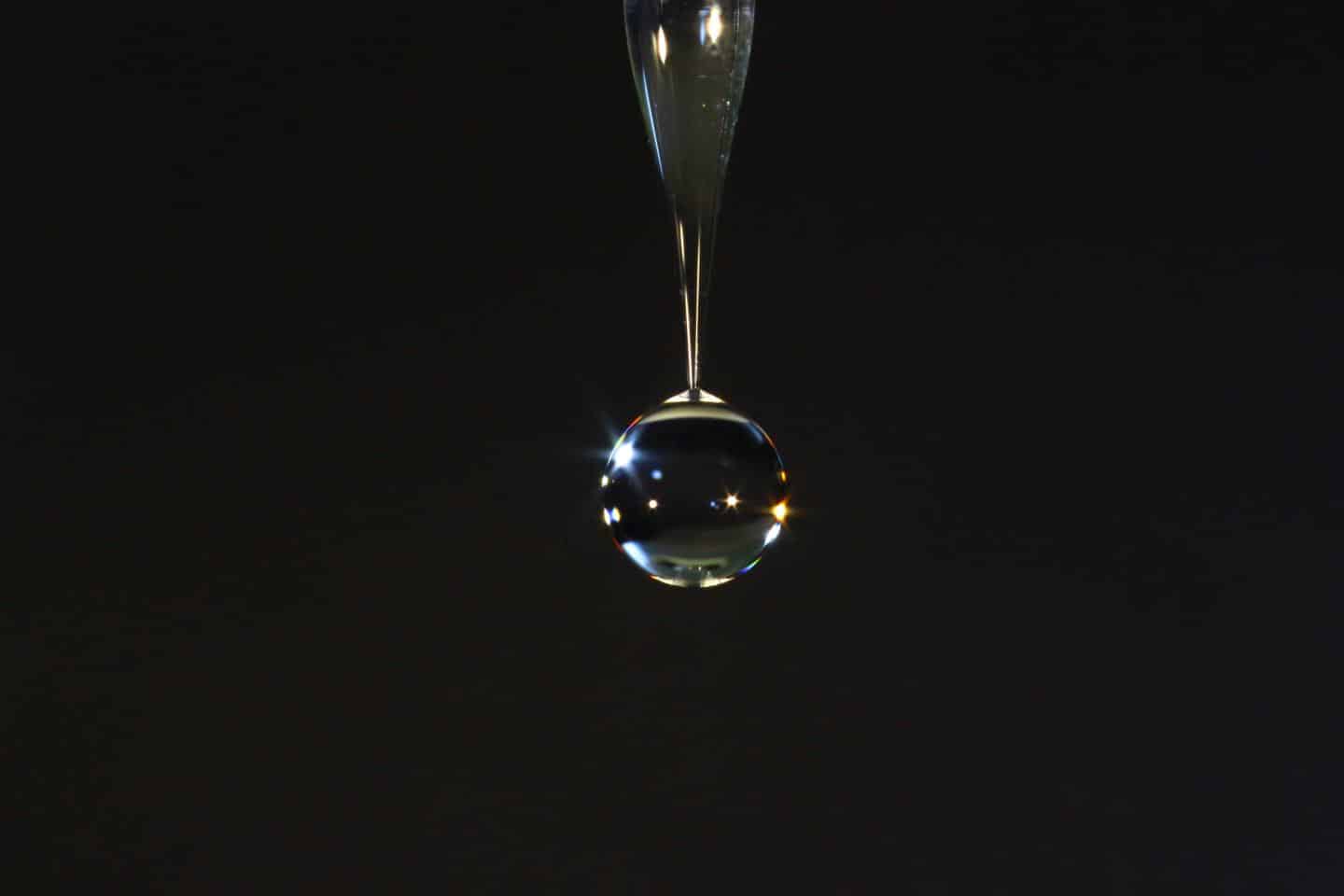
Many 3D printing processes use inks that are fluid in some way, employing a modified version of inkjet printing to form solids. However, this process is only suitable when the ink is approximately 10 times the viscosity of water, but many fluids that are of interest to researchers are far more viscous. For example, bioinks containing cultured cells or biopolymers can be up to a hundred times more viscous than water. Similarly, some sugar-based biopolymers have a consistency similar to honey, which is 25,000 times more viscous than water. There is currently no way to print such fluids reliably.
A team at the John A Paulsen School of Engineering and Applied Sciences at Harvard University has turned to this problem, and devised a system using acoustic waves to assist gravity in forming drops of controlled size from viscous fluids. Under gravity alone, such fluids tend to form very large drops and it is difficult to control the rate at which they drop. For example, a famous experiment studying the viscosity of pitch sees only a single drop form every decade.
In a paper in Science Advances, the Harvard team, led by Prof Jennifer Lewis, who is also affiliated to the Wyss Institute for Biologically Inspired Engineering and the School of Arts and Sciences, describe how they designed and built a sub-wavelength acoustic resonator that can generate a confined acoustic field which causes a pulling force more than 100 times stronger than gravity alone at the tip of the printer nozzle. The higher the amplitude of the soundwaves, the smaller droplet size – irrespective of the fluid viscosity. "Our goal was to take viscosity out of the picture by developing a printing system that is independent from the material properties of the fluid," said Daniele Foresti, first author of the paper.
Acoustic waves have been previously used to manipulate droplets in lab-on-a-chip devices, guiding them around micro channels and encouraging them to mix. They have also been used to generate levitation effects.
Generating a force more than four times greater than in the gravitational force on the surface of the sun, the Harvard team’s “acoustophoretic printing head” detaches tiny droplets from the nozzle, with a radius from 800µm to less than 65µm. The team tested the device with a range of model fluids containing polyethylene glycol with viscosities spanning three orders of magnitude from 1 milli-Pascal per second to 1000 milli-Pascals per second. They also used a range of materials from honey to stem cell inks, biopolymers, optical resins and liquid metals. They determined that soundwaves do not travel to the droplet, so delicate cargoes in the ink such as living cells or proteins would not be damaged by the acoustic vibrations. "The idea is to generate an acoustic field that literally detaches tiny droplets from the nozzle, much like picking apples from a tree," said Foresti.
According to Prof Lewis, the technique is likely to have an immediate impact on the pharmaceutical industry. "However, we believe that this will become an important platform for multiple industries," she added.




Glasgow trial explores AR cues for autonomous road safety
They've ploughed into a few vulnerable road users in the past. Making that less likely will make it spectacularly easy to stop the traffic for...